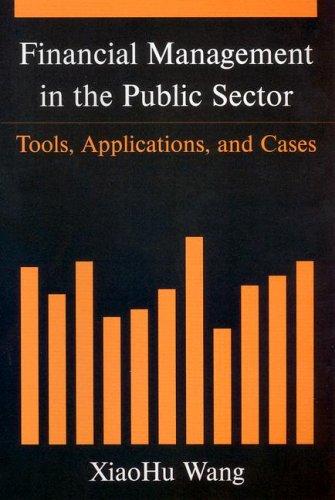4. Cost-Effectiveness Analysis Sometimes it is rather difficult to convert benefits into monetary gains. In the Sunny
Question:
4. Cost-Effectiveness Analysis Sometimes it is rather difficult to convert benefits into monetary gains. In the Sunny Village case, we can choose not to convert the benefit to monetary terms, but rather, measure the benefit by “the number of vehicles diagnosed correctly the first time.” With PVC, we can calculate a ratio that indicates PVC for one correct diagnosis. This is a case of cost-effectiveness analysis.
Here is another example of cost-effectiveness analysis. A school district is considering two options for a new school. Option A has a capacity to accommodate 1,000 students in the first year and an annual increase of 100 thereafter.
The option costs $10.0 million in the first year and $2.5 million annually thereafter. Option B offers spaces for 300 students in the first year, with an annual increase of 200 students every year thereafter. The plan costs $7.0 million in the first year and $3.0 million annually thereafter. Consider a sevenyear term and a 5 percent discount rate. Conduct a cost-effectiveness analysis for the options. Which option should the school choose?
Step by Step Answer:

Financial Management In The Public Sector Tools Applications And Cases
ISBN: 9780765616784
1st Edition
Authors: Xiaohu Wang






